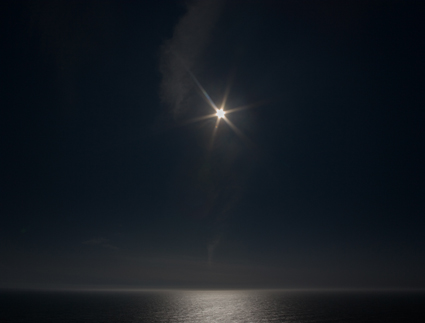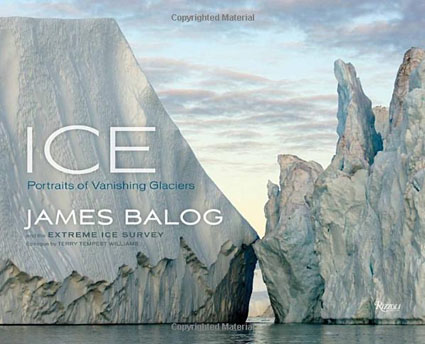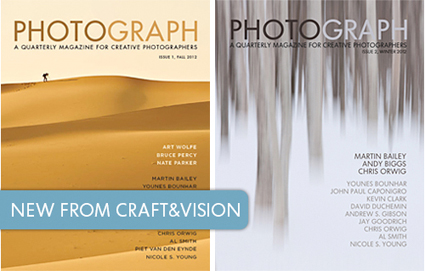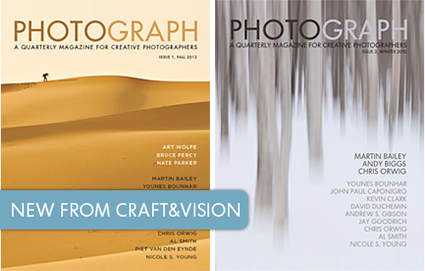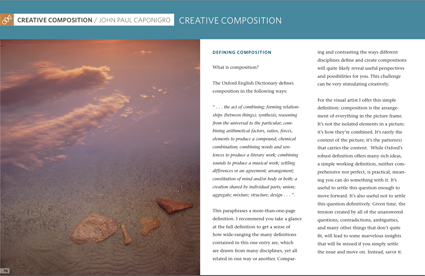How Auroras Work
The science behind the breathtakingly beautiful phenomenon of the nocturnal light shows called auroras is fascinating.
The layers of the sun’s atmosphere (photosphere, chromosphere, corona) become increasingly cooler, moving away from its core at15 million degrees Celsius to its surface at 6,000 degrees Celsius. Sunspots, visibly dark areas within the sun, or areas of significantly lower temperature, 4000 degrees Celsius, occur continuously, ebbing and peaking in frequency in 11 year cycles. High sunspot counts correlate with high levels of solar activity. Unlike the bright loops of energy that can be seen on the sun’s surface as particles flow along lines within the sun’s magnetosphere, the darker areas or coronal holes exist where magnetic lines have only one anchor point in the sun’s magnetosphere, allowing plasma to escape.
This plasma carries part of the sun’s magnetic field with it; the interplanetary magnetic field or IMF. The density of the solar wind decreases with distance but its sphere of influence, the heliosphere, reaches past our solar system’s outer planets. The sun’s rotation causes this field to radiate in a spiral structure.
The speed of the solar wind averages 450 km/s but often varies significantly from 300 km/s to 1000 km/s. Large variances in the solar wind’s velocity, density, and magnetic can cause significant terrestrial disturbances.
The solar wind constantly distorts the earth’s magnetic field (caused by the rotating metallic fluids of its core) compressing it on the light side, into a half sphere, and elongating it on the dark side, in a tube, similar to the shape of a comet’s tail. As the supersonic solar wind approaches the obstacle of the earth’s magnetic field a shock front is formed; as the solar wind is directed around the earth, smaller magnetic waves occur between the earth and the sun slowing and changing the course of the streaming plasma.
Surrounding the axis of the magnetic field, offset 11 degrees from the geophysical axis, are weaker areas that give energy rich solar particles little resistance. The charged solar particles that do make it into the upper atmosphere (ionosphere) excite electrons causing them to jump to higher orbits temporarily before they return to their original orbits by giving off auroral radiation and producing visible light in the process.
Auroras (borealis in the north and australis in the south) are produced by the solar wind, fast-moving charged particles that escape the sun’s gravity, exciting gases in the earth’s upper atmosphere.
The color of auroral emissions is determined by the gases excited, primarily oxygen and nitrogen. Altitude also influences color; red is found above 200 km, yellow and green between 180 – 110 km, and blue and violet below that. These altitudes vary between dayside and nightside aurora; at night blue and green altitudes drop increasing in intensity, while red rises decreasing intensity.
Auroras appear most consistently, almost continuously, and intensely in an oval band that rings the magnetic poles; in the north 67 degrees magnetic latitude at magnetic noon and 76 degrees magnetic latitude at magnetic midnight. Additionally a thinner weaker band of increased occurrence bisects this oval along a straight line between the sun and the earth.
Auroras occur by night and by day. The difference between night and day auroras is the number of particles (greater in the day), the amount of energy the particles carry (less by day), and the dominant color (green by night, red by day). Dayside aurora only occur inside the auroral oval at high polar latitudes and are only visible when it is dark during the day.
Auroras are extremely dynamic. Their zone of maximum occurrence can change by several hundred kilometers in minutes. And they can vary in orders of magnitude within seconds.
It’s small wonder that these fantastic colored lights that dance in mesmerizing patterns filling the heavens above have held a never-ending fascination for those who are lucky enough to witness them, whether first or second hand. They’re divine.
Learn more about night photography in my digital photography workshops.
Find out about my Iceland Auroras workshop here.


